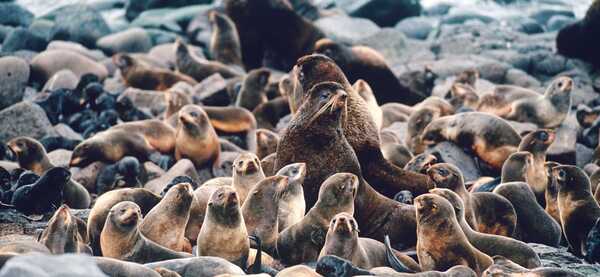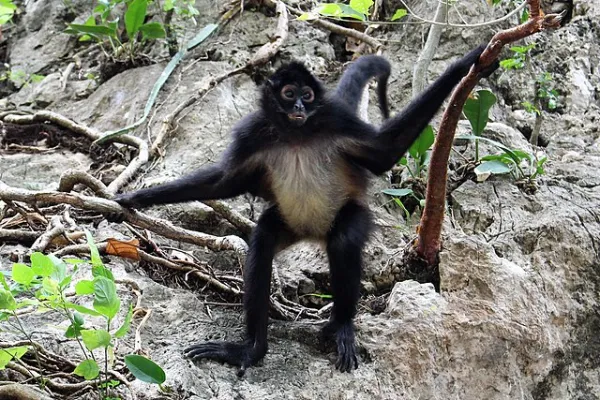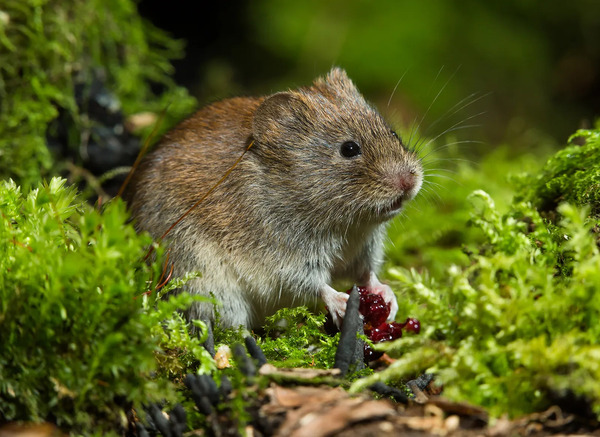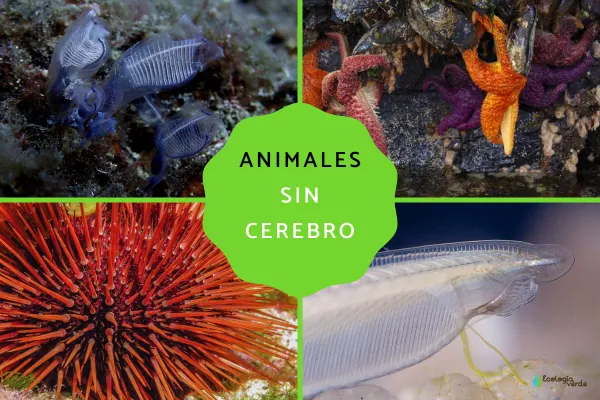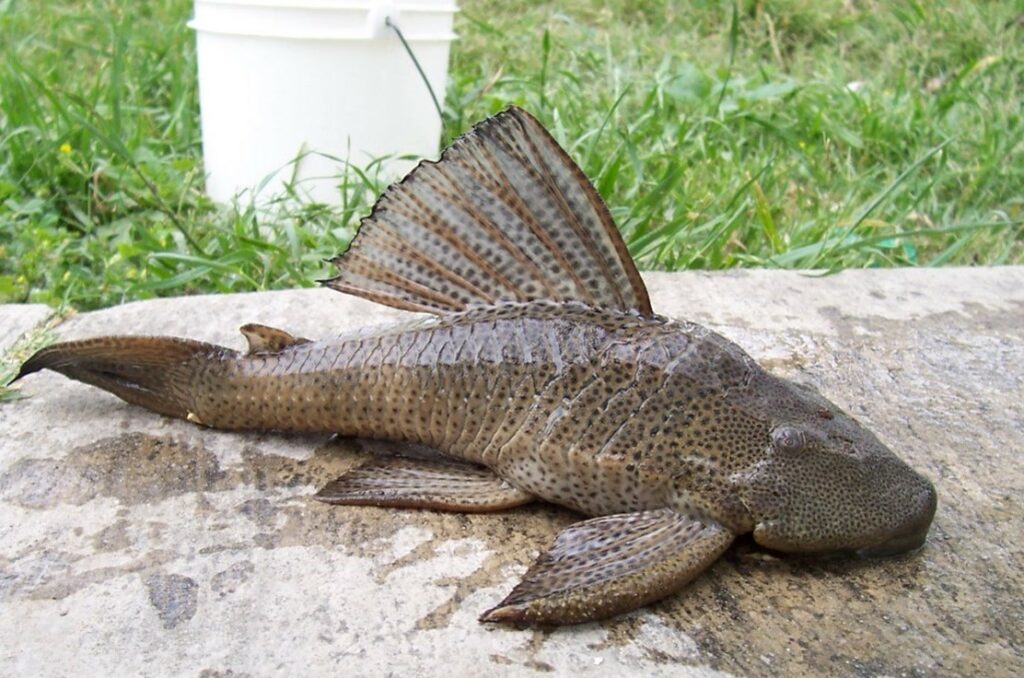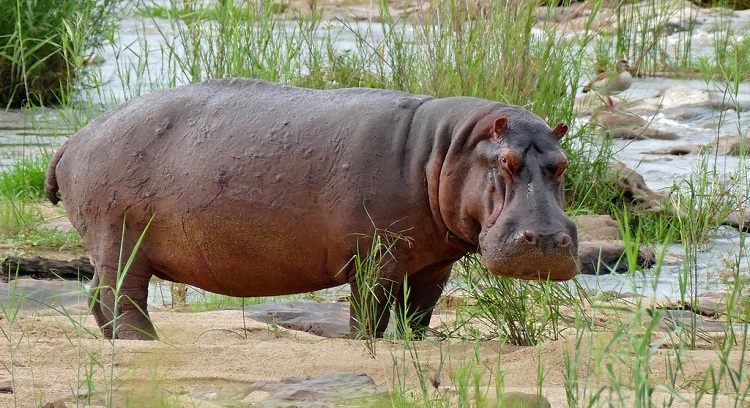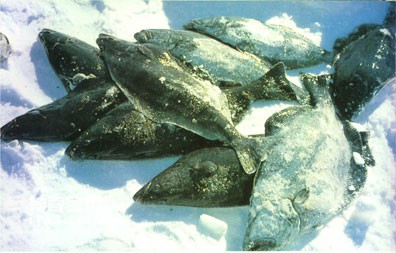In nature, some animals have evolved amazing self- Defensive capabilities can effectively resist external threats. These animals not only have strong survival skills, but also have natural "armor" that makes them almost invulnerable, making them "armored warriors" in nature. These animals' defense systems allow them to calmly face predators or environmental crises. This article will detail which animals have this invulnerability and explore how they use these unique defense mechanisms to survive.
1. Pangolin - Scale Armor Protection
1. Scale structure
Pangolins are recognized as "armored warriors" in nature. Their bodies are covered with hard scales made of keratin, which are like tiles. The scales are arranged in overlapping patterns, which can resist attacks from most predators. The scales are very hard, and the claws and teeth of large predators such as lions and tigers are difficult to pierce or bite through.
2. Defense Mechanism
When pangolins feel threatened, they immediately roll up their bodies into a hard ball, exposing their impenetrable scales Protect yourself. Most of the scales cannot penetrate the attacking animals or the hunter's tools, making them almost invulnerable. The scales can also effectively prevent injuries or infections.
3. Habitat and life Habits
Pangolins are mainly distributed in tropical areas of Africa and Asia and feed on ants and termites. They not only locate prey through their strong sense of smell, but also use their sharp claws to dig ant nests. With their unique defense mechanism, pangolins have a high ability to survive in nature, although they are threatened by illegal hunting for their scales.
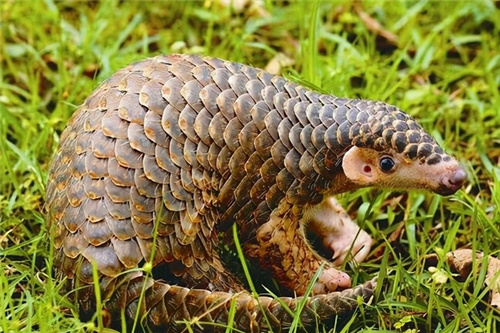
2. Armadillo - Natural Armor Defense
1. Armored Shell
Armadillo The armadillo is a small mammal found in the Americas. Its name means "little armored man" in Spanish because the armadillo's body is covered with a hard shell made of bone and skin, especially on the back. This armor can not only resist attacks from natural enemies, but also provide a certain degree of protection against sharp objects in the environment.
2. Defense response
With pangolins Similarly, when an armadillo feels threatened, it will quickly roll up its body into a tight ball to protect itself from predators. This defensive posture makes it difficult for predators to grab its vulnerable parts. The armadillo's armor is thick and tough. , able to defend against attacks from large predators.
3. Other survival characteristics
Armadillos feed on insects and usually live in dry grasslands, deserts, and forests. Their keen sense of smell and strong digging ability allow them to easily find food or hide from predators. The armadillo's armor not only helps to resist attacks, but also helps them survive in complex environments.
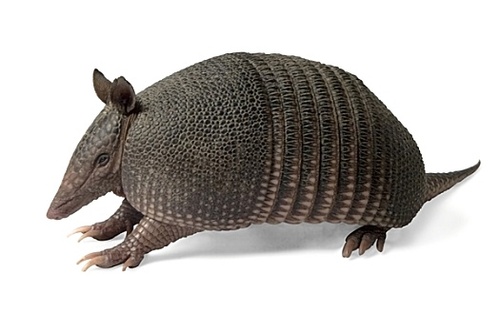
3. Crocodile (Crocodile) - Thick Skin Protection and Strong Bite Force
1. Thick Skin Defense
Crocodiles have extremely thick skin, especially the back is covered with thick keratin plates, which are arranged like armor, extremely hard, and can withstand various physical injuries. Crocodile leather is tough and dense, and it is difficult to be penetrated by knives or other sharp objects.
2. Bite force and self-defense
Although crocodiles are not completely "invulnerable", their thick skin is enough to keep them highly defensive when facing attacks. Coupled with their strong bite force, crocodiles are often able to quickly fight back and subdue or scare off any predators or humans who dare to approach.
3. Habitat and habits
Crocodiles are widely distributed in rivers, lakes and wetlands in tropical and subtropical regions. As top predators, they not only have strong attack capabilities, but also rely on thick skin armor to survive in harsh natural environments.
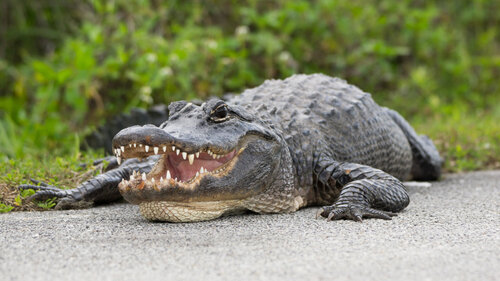
4. Rhinoceros - A giant beast with thick skin
1. Thick skin
The skin of a rhino is up to 5 cm thick and covers the entire body, especially the shoulders and back. This skin is not only very thick, but also very elastic, able to absorb and resist large physical impacts. Rhino skin is one of the thickest skins in nature, providing great protection when attacked or fought by predators.
2. Body size and defense
Rhinos have almost no natural enemies due to their huge size and thick skin. Although the skin of rhinos looks like "armor", they usually do not rely on skin defense, but protect themselves through their body size advantage and the attack ability of their horns.
3. Habitat and survival status
Rhinos are mainly distributed in grasslands and tropical rainforests in Africa and Asia. Although their natural defense capabilities are strong, rhinos are currently facing great survival threats due to poaching, especially because their horns are illegally hunted.
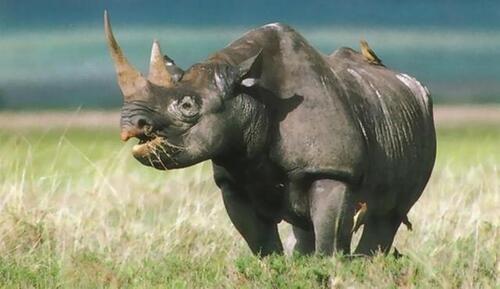
5. Sea Turtle - Hard Shell Armor Protection
1. Hard Shell
Turtles have a hard shell made of bone and keratin, which is an extremely strong protective layer that can effectively resist the attacks of most predators. The shell not only covers the back, but also the abdomen, forming a strong protective layer.
2. Defense and Survival
The hardness of the turtle shell is enough to withstand the bite of predators such as sharks and seabirds. Adult turtles have almost no natural enemies in the ocean, and the turtle shell has become one of their key weapons for survival.
3. Migration and Reproduction
Turtles are long-distance migratory animals that cruise in the world's oceans and rely on their hard shells to protect themselves from external threats. However, due to marine pollution and habitat destruction, the population of turtles is gradually decreasing.
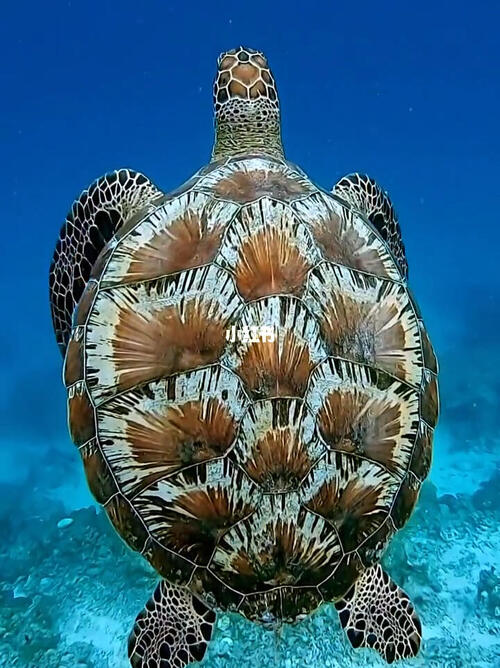
6. Other animals with unique defense mechanisms
In addition to the above-mentioned animals, other animals also improve their self-defense capabilities in different ways, such as:
Porcupine: Use sharp thorns to resist predators.
Lizard: They escape by breaking their tails and protect themselves with thick skin.
Beetle: Some beetle species have hard exoskeletons that can withstand physical attacks from the outside world.
7. The ecological significance of invulnerable animals
These "armored" animals play an important role in the ecosystem. They not only use their own defense mechanisms to resist predators, but also maintain the balance of the ecosystem through activities such as hunting, pollination, and seeding. In addition, these "invulnerable" creatures are often in a key position in the food chain, and protecting their habitats and population diversity is crucial to the health of the ecological environment.
8. Protect invulnerable animals
Although many invulnerable animals have powerful defense mechanisms, they still face threats from humans. Illegal hunting, habitat destruction, climate change and pollution are the main challenges to the survival of these animals. Therefore, global animal protection measures, especially for endangered species such as pangolins and rhinos, are particularly important.
Habitat protection: Protect these animals from human interference by establishing nature reserves.
Reduce illegal hunting: Strengthen law enforcement and crack down on illegal wildlife trade.
Public education: Raise public awareness of animal protection and reduce demand for these species.
Many animals in nature have evolved almost "invulnerable" self-defense systems, and their survival wisdom is worthy of our awe. These animals not only demonstrate the diversity of nature, but also remind us to cherish and protect this vast ecological home. Protecting invulnerable animals is actually protecting the earth's ecology.

